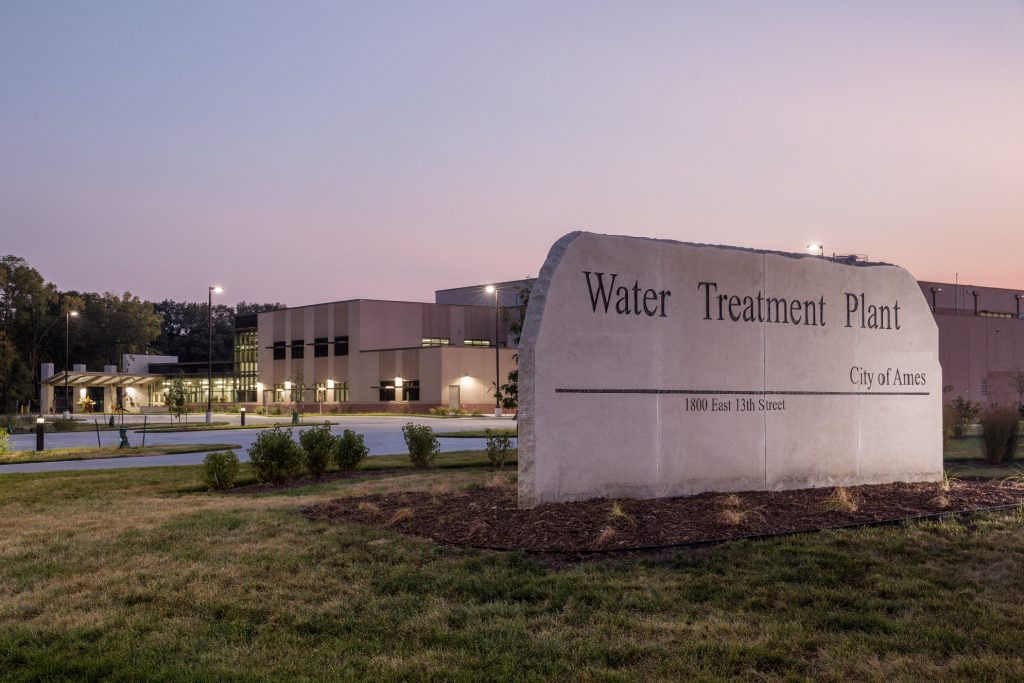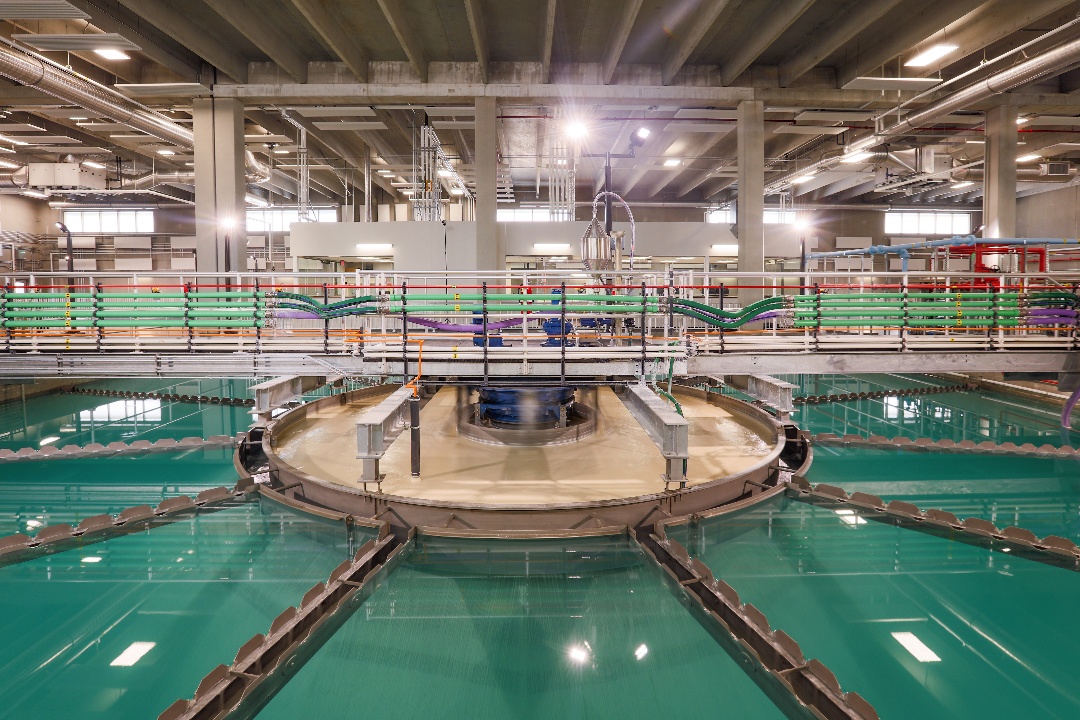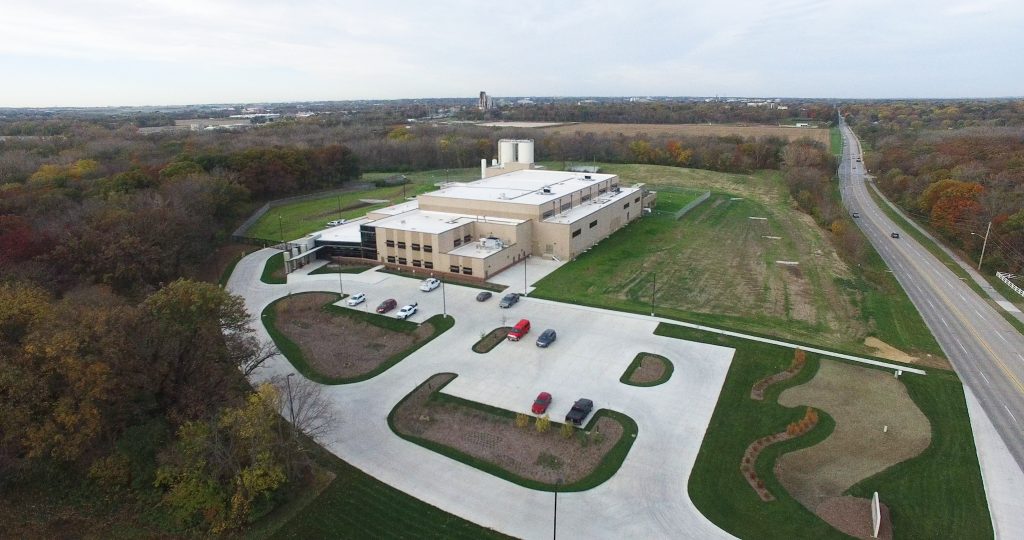In 2008, City staff selected us to assist in developing and implementing a long-term solution to improve its water treatment facilities. Our team completed an initial Water Treatment Plant Infrastructure and Capacity Needs Assessment comprised of a conceptual development phase for the rehabilitation, replacement, and expansion of the water treatment facilities. That effort considered future treatment capacity based on expectations for growth in residential, commercial, and industrial water demands. Equipment condition and capacity limitations of the existing facilities were investigated and the feasibility of rehabilitating and expanding the existing plant were compared to developing a completely new treatment facility at a site nearby.
Following the value engineering review of the existing facility, the design phase of the project commenced in October 2012 and was completed in May 2014. To achieve cost efficiencies, the concept of a new 15 MGD lime-softening water treatment facility using existing water source, storage, pumping, and residual management facilities with remaining useful life and value was selected. The new lime softening facility is made up of numerous processes – non-mechanical aeration, solids contact softening/clarification, recarbonation, dual-media filtration, disinfection, high-service pumping, and lime residuals management. Chemical systems include lime feed using batch-style, continuous-loop slakers, carbonic acid generation with pressure-adsorption carbon dioxide systems, simplified granular fluoride mixing and dosing, phosphate stabilizer application, and liquid flocculent (polymer) use. Our team’s multi-discipline design encompassed all architectural, structural, mechanical, civil, process, and electrical engineering aspects of the new facilities. Such efforts were helpful for City staff and elected officials as they managed capital expenditures for the $70 million project.
Balancing competing internal objectives against potential costs and the need to contain customers’ water rates is always challenging. A special objective was to achieve LEED (Leadership in Energy & Environmental Design) certification of the facility, qualifying the project for $6.5 million in forgivable loans through the State Revolving Loan Fund.
Back to Project Gallery





